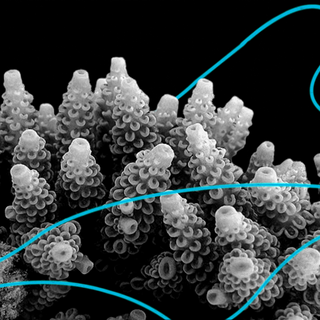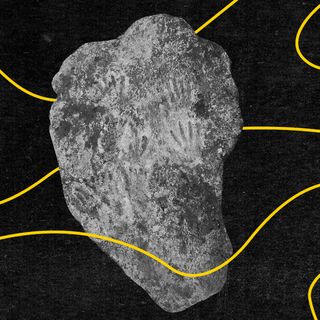Scientists found a giant, spherical cavity lurking in space while mapping a molecular cloud in the Milky Way galaxy.
“As we were zooming out, we finally saw this huge cavity… like a big ball surrounded by a shell,” Shmuel Bialy, a theoretical astrophysicist at the Harvard-Smithsonian Center for Astrophysics, who led the research, told Inverse.
Published in The Astrophysical Journal Letters on Wednesday, the study found that the bubble-shaped void is 500 light-years wide and located between star-forming regions in the Perseus and Taurus constellations. Hence, they have named it the “Per-Tau Shell.”
The fact that there’s just an empty void in space baffled the scientists since, despite the vastness of space, “it mostly teems with gas, dust, rocky objects, or stars,” while this region was completely bare. “What we see is the cavity, which means that there was some powerful mechanism to excavate this region,” Bialy notes.
But what was this “powerful mechanism”? There isn’t a conclusive answer regarding the origin of the void yet, but researchers have tried to offer two potential explanations. “We have two theories — either one supernova went off at the core of this bubble and pushed gas outward, forming what we now call the ‘Perseus-Taurus Supershell’, or a series of supernovae occurring over millions of years created it over time,” Bialy said in a statement.
Related on The Swaddle:
Older Stars in Galaxies Fight the Birth of New Stars: Study
The researchers believe that the explosion(s) likely compressed and triggered star formation in the two molecular clouds of Perseus and Taurus. It would, however, be an indirect trigger since the explosion(s) formed clouds that, in turn, went on to create stars.
“Hundreds of stars are forming or exist already at the surface of this giant bubble, demonstrating that when a star dies, its supernova generates a chain of events that may ultimately lead to the birth of new stars,” Bialy explained.
But if Bialy and his team’s theories are indeed true, this discovery might change the way we look at supernovae as destructive forces — almost like a “cosmic apocalypse.”
“Supernovae are usually thought of as a negative process… Here we have a supernova that is helping the formation of clouds,” Bialy says.
Moreover, while scientists knew how clouds formed stars, they had been trying to understand how the clouds themselves come into being. “The question was, how do these cloud regions of high density that are responsible for star formation are formed… This observation kind of sheds light on the formation process,” Bialy added.




